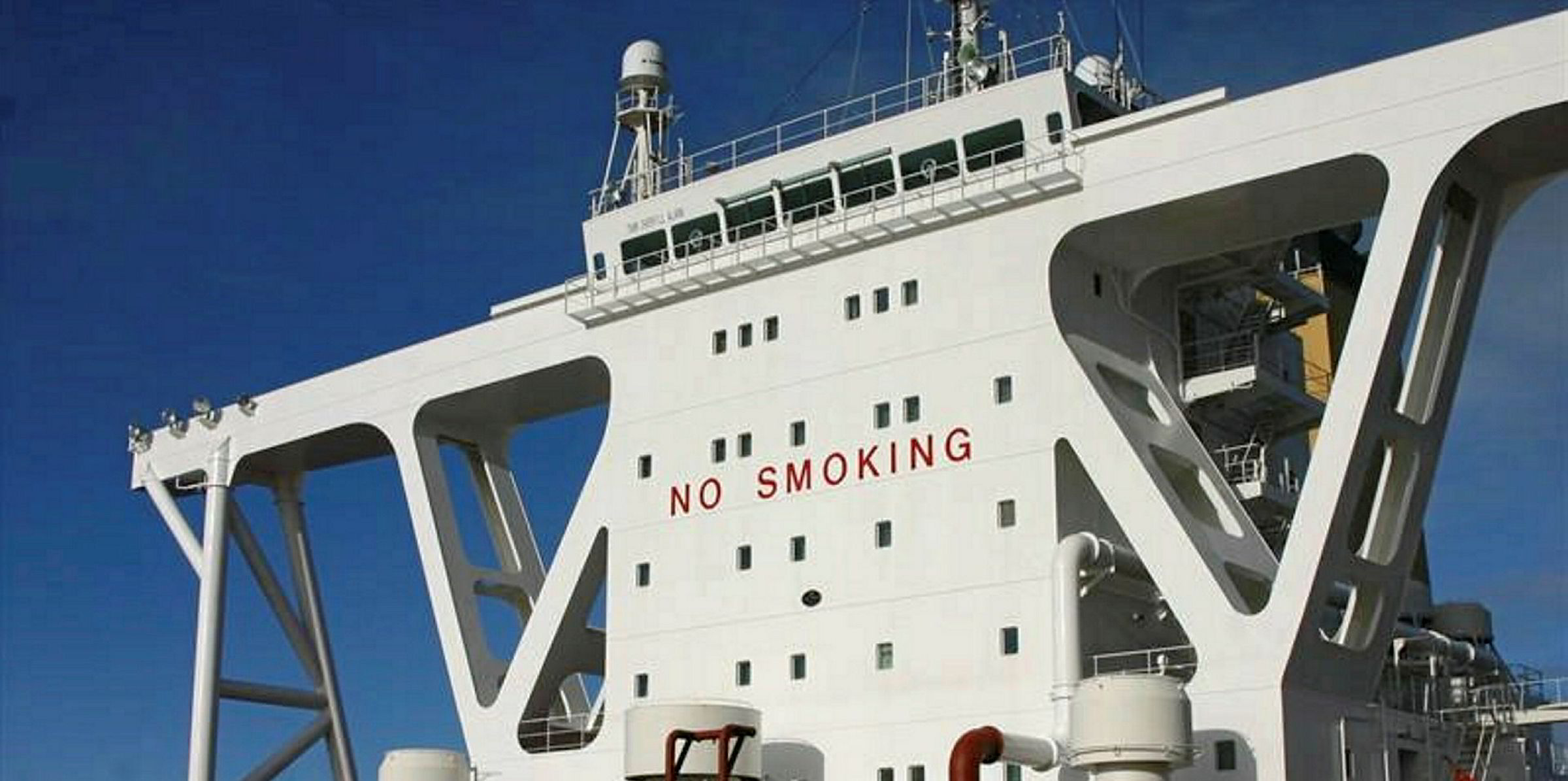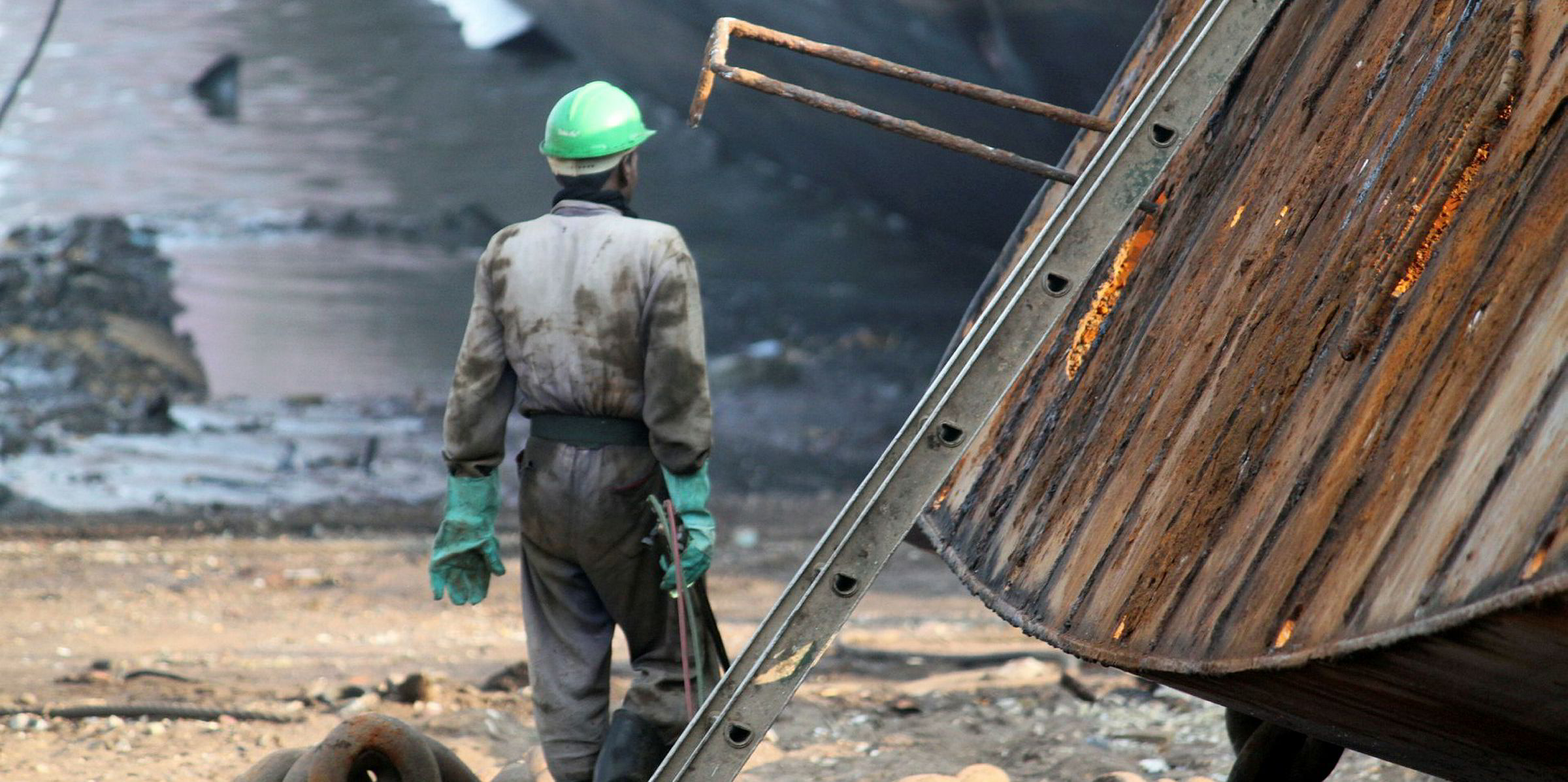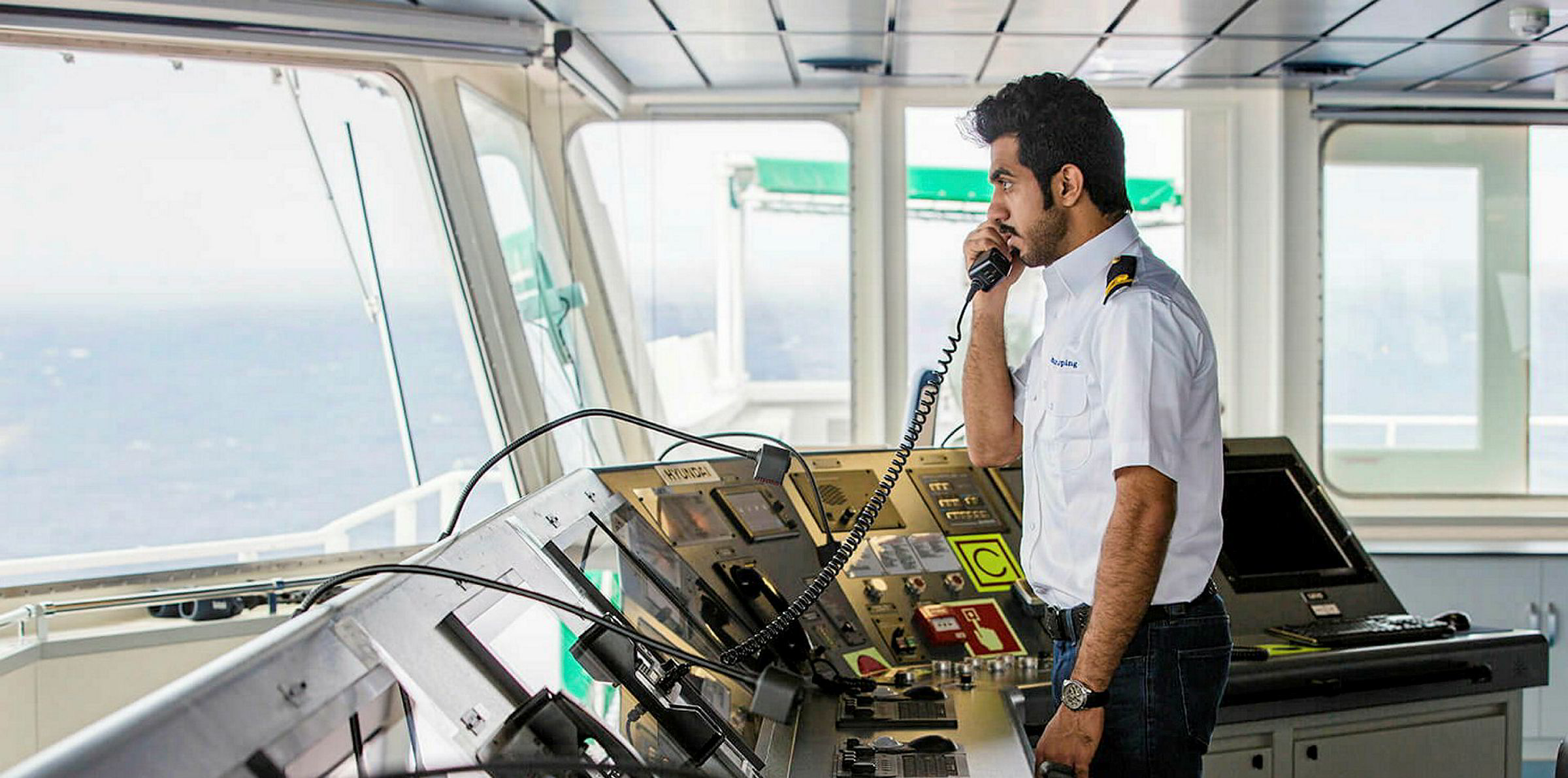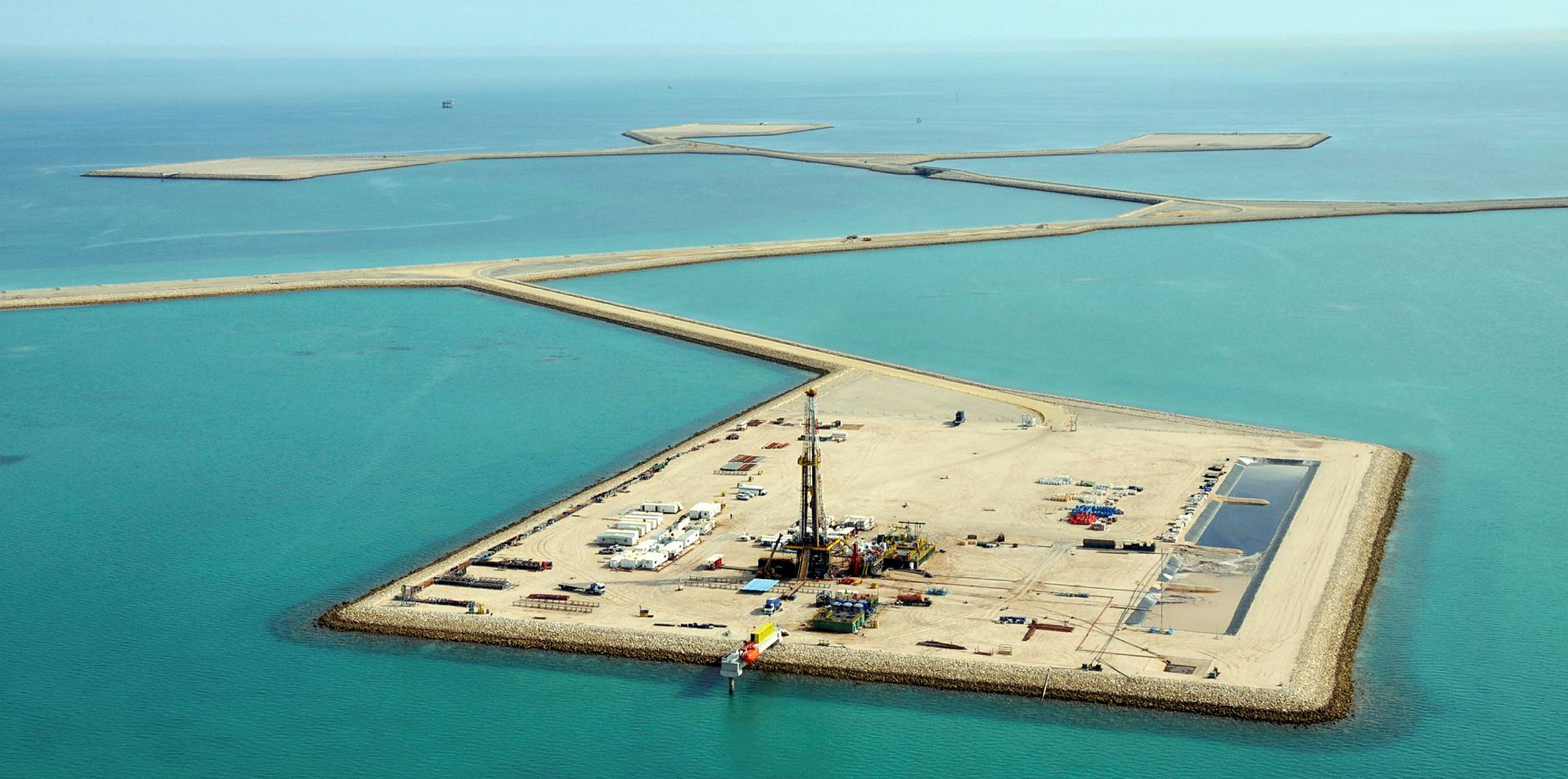Financier Danish Ship Finance (DSF) has urged tanker owners to send even some younger vessels to breaking yards amid uncertainty over demand.
The Danish lender provided a downbeat view of the sector in its latest market report.
DSF said: "It may take several years for demand to return fully. Consequently, crude tankers may be in excess supply for quite some time."
In the very short term, the company foresees some difficult months for owners when the effects of the price war end, as what demand there is will likely be served by crude stored on tankers.
DSF concluded that crude shipping companies will "need to begin scrapping vessels, maybe ever younger vessels".
Even low orderbook could be a problem
The outfit said few new ships are likely to be ordered, but freight rates may stay low for quite some time, "since even a small increase in fleet availability may be difficult to absorb in a low demand environment".
DSF said: "When demand recovers, things may become a bit easier, but we should be prepared for a prolonged period of low freight rates post-Covid-19."
The current tanker orderbook stands at 8% of the global fleet, DSF said.
Bulkers and boxships are being scrapped at steady levels after sub-continent lockdowns ended, but tankers have been conspicuous by their absence.
On the product tanker side, DSF said these vessels are under pressure and may remain so for three to five years.
Global lockdowns are still dampening demand in the short term, but the lender expects monthly volumes to recover once these end.
Assuming a decline similar to that seen in the last financial crash, it expects demand to fall by between 5% and 6% — equivalent to 1m to 2m barrels per day (bpd) lower than before the outbreak.
But DSF does hold out hope of freight rates recovering if ordering remains restrained and older ships are scrapped.
This week, the Energy Information Agency revised its US crude production forecast to 11.56m bpd for 2020, down 130,000 bpd year on year and the first annual decline since 2016.
And output next year is forecast at 10.84m bpd, lower by 60,000 bpd on a yearly basis.
For comparison, the US pumped 12.23m bpd in 2019, Fearnley Securities said.






